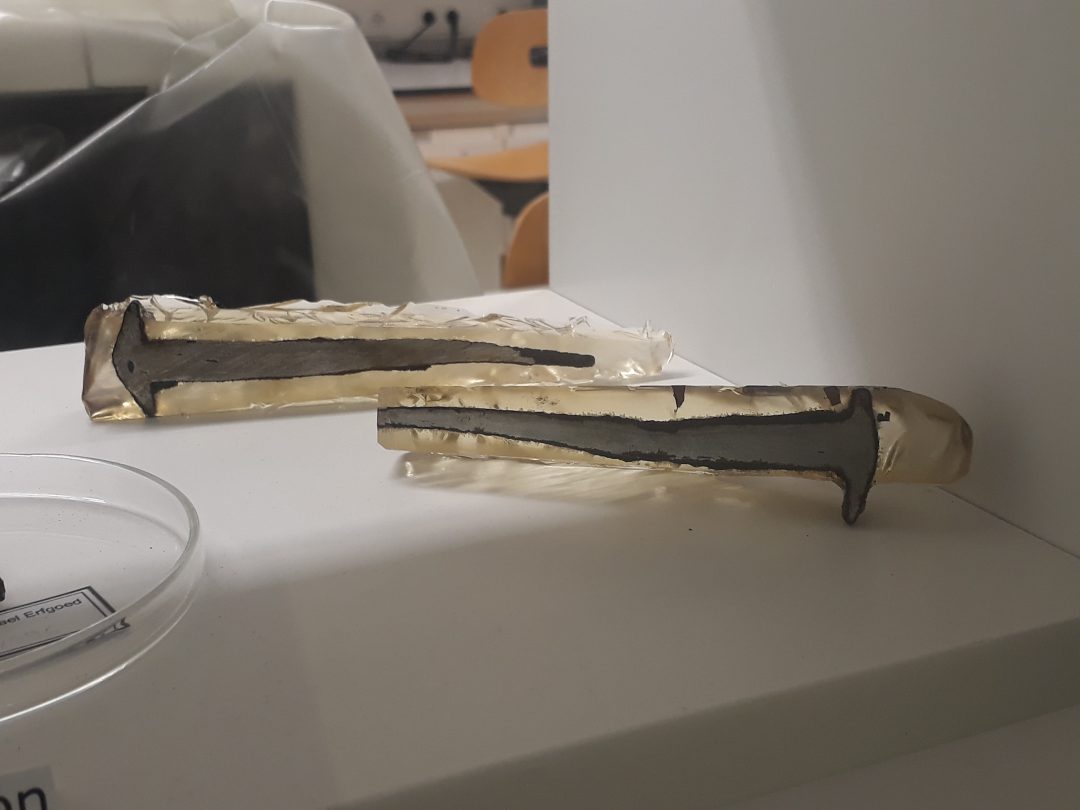User: Giulia Basilissi
Venue: Cultural Heritage Agency of the Netherlands (RCE), Amsterdam (NL)
Background to the project
I made a research about the use of erasers for the cleaning of silver and metallic artifacts. The aim of my access is to improve our knowledge respect to the use of eraser and sponge in artwork conservation. I developed the first part of the project on the use of commercial erasers to remove the silver tarnishing. The second part of the research focuses on new tools for the dry-cleaning, like testing the addition of known inert components to a known matrix for self – producing tailored erasers.
Questions addressed by Access
• Which dry cleaning products have been selected for the “Dry Cleaning Approaches for Unvarnished Paint Surfaces” project and why?
• Which diagnostic investigations were used and how were the investigations set and why?
• What are the criteria for defining a useful dry method for cleaning unpainted and painted surfaces? What methodological characteristics have been investigated?
• Which silver cleanings methods are used?
• Have you ever used erasers to clean silver? If so, how were they selected and what were the results? If not, could they be useful materials to test given the results we have had?
• Could it be useful to develop a research project on cleaning with erasers on more than one material?
Main objectives of the project proposal
The request for Access at the RCE arose from the research on dry cleaning methods on pictorial unvarnished paint surface developed at RCE. Since my study is based on the use of erasers to cleaning silver (but will extend to other metals and materials) I thought it would be useful to compare the setting of the experimental procedures and the results obtained. I will compare the diagnostic methodologies selected to study the dry cleaning system composition (for us erasers and dental tips for the RCE sponge, eraser and fabrics), the method to realize the mockups, the procedures to modify the surfaces and the system to make this information easily usable for the researchers.
I also wanted to understand whether the method of cleaning with erasers on silver and metals was in use in the Rijksmuseum conservation laboratories or whether it was possible to evaluate its use. It
was also useful to discuss the cleaning methods most used for silver and the advantages and disadvantages of these techniques. My goal included also understanding whether mechanical, chemical or electrochemical techniques were preferred and whether lasers were used.
For me, it was important to talk to researchers and restorers to understand if it would be useful to make self-produced erasers. Part of my research, in fact, is based on the possibility of making our own erasers to allow the restorer to obtain the hardness and specific properties for the object to be restored.
Personally, I wanted to confront myself with the study method of such an important foreign research institute.

